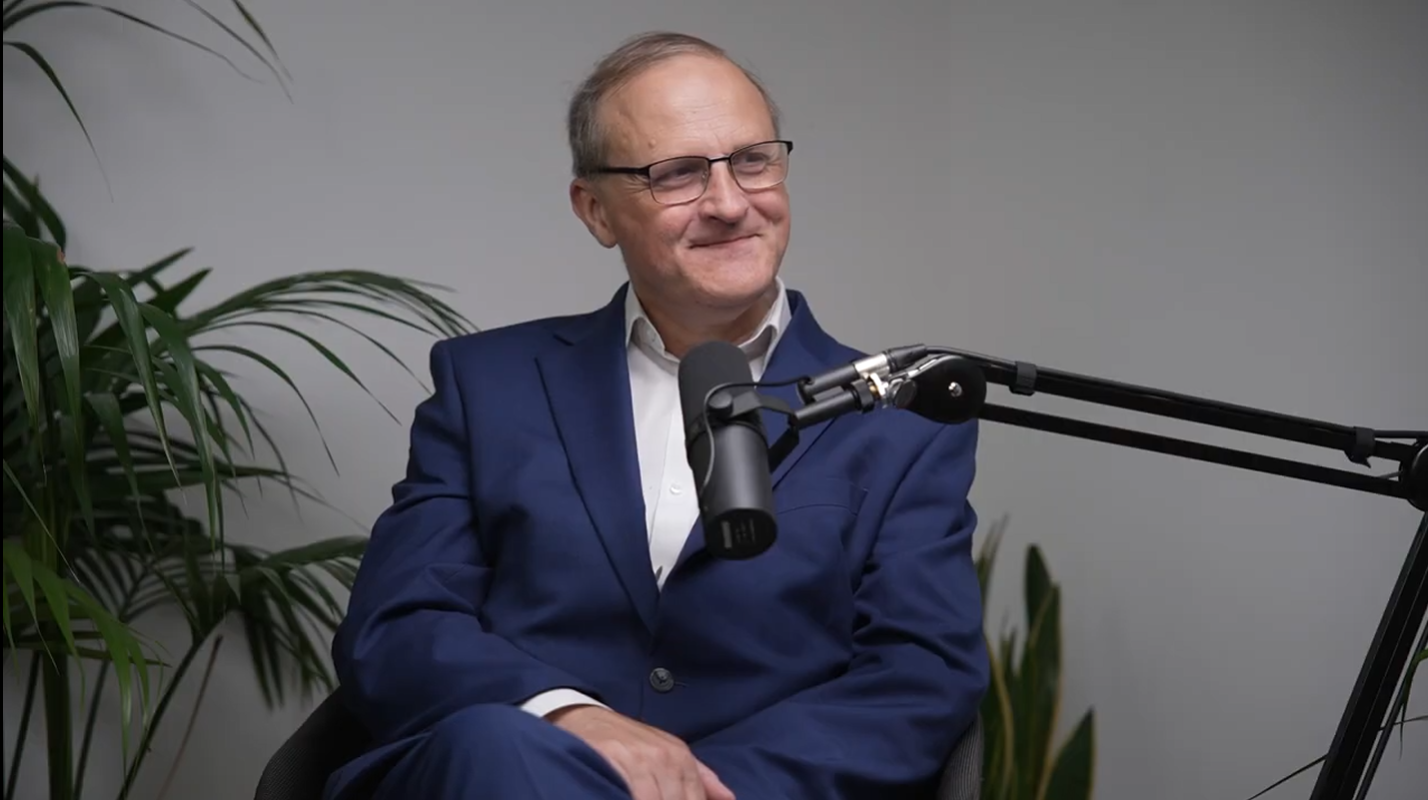Long-term refinancing operations (LTRO)
The Long-term refinancing operations (LTRO) of the European Central Bank (ECB) are designed to provide stability to Europe’s banking sector.
The Long-term refinancing operations (LTRO) of the European Central Bank (ECB) are designed to provide stability to Europe's banking sector and keep sovereign bond yields down to sustainable levels (below 6% in the case of Spain). The mechanism is the ECB supplying funds to the banks at 1% for up to three years.
The banks in turn have to post collateral to secure these funds. The lower the quality of this collateral, the bigger the haircut' ie, the lower the amount that can be borrowed. These funds can find their way into sovereign bonds, which carry a higher yield than 1%, allowing the bank to make a profit on the exercise. This buying should also push up prices and force down yields.
Another possibility is the banks hoard the money by putting it back on deposit at the ECB (at a lower rate). It can then be use to repay private funding at a later date. The least likely option is the money is lent out to firms and individuals, most of whom are currently debt-averse.
MoneyWeek
Subscribe to MoneyWeek today and get your first six magazine issues absolutely FREE

Sign up to Money Morning
Don't miss the latest investment and personal finances news, market analysis, plus money-saving tips with our free twice-daily newsletter
Don't miss the latest investment and personal finances news, market analysis, plus money-saving tips with our free twice-daily newsletter
Watch Tim Bennett's video tutorial: What is the LTRO?
Get the latest financial news, insights and expert analysis from our award-winning MoneyWeek team, to help you understand what really matters when it comes to your finances.
MoneyWeek is written by a team of experienced and award-winning journalists, plus expert columnists. As well as daily digital news and features, MoneyWeek also publishes a weekly magazine, covering investing and personal finance. From share tips, pensions, gold to practical investment tips - we provide a round-up to help you make money and keep it.
-
 Steve Webb: The triple lock is there to do a job. I’m not embarrassed or ashamed of it
Steve Webb: The triple lock is there to do a job. I’m not embarrassed or ashamed of itThe triple lock means 13 million pensioners will now get an above-inflation state pension boost in April. While the rising cost of the policy has stirred controversy, Steve Webb, who served as pensions minister when it was introduced, argues the triple lock is vital and should stay. Webb speaks to Kalpana Fitzpatrick on the new episode of MoneyWeek Talks – out now.
-
 How retirement pots risk running out 11 years early if inflation remains high
How retirement pots risk running out 11 years early if inflation remains highPension savers could find their retirement income may not last as long as they anticipated over fears that inflation may not slow down
-
 Stability and growth pact
Stability and growth pactGlossary The stability and growth pact, or SGP, played a key role in the establishment of the euro.
-
 Target 2
Target 2Glossary Target is a payment system used by Europe’s central banks for urgent real-time electronic transfers.

